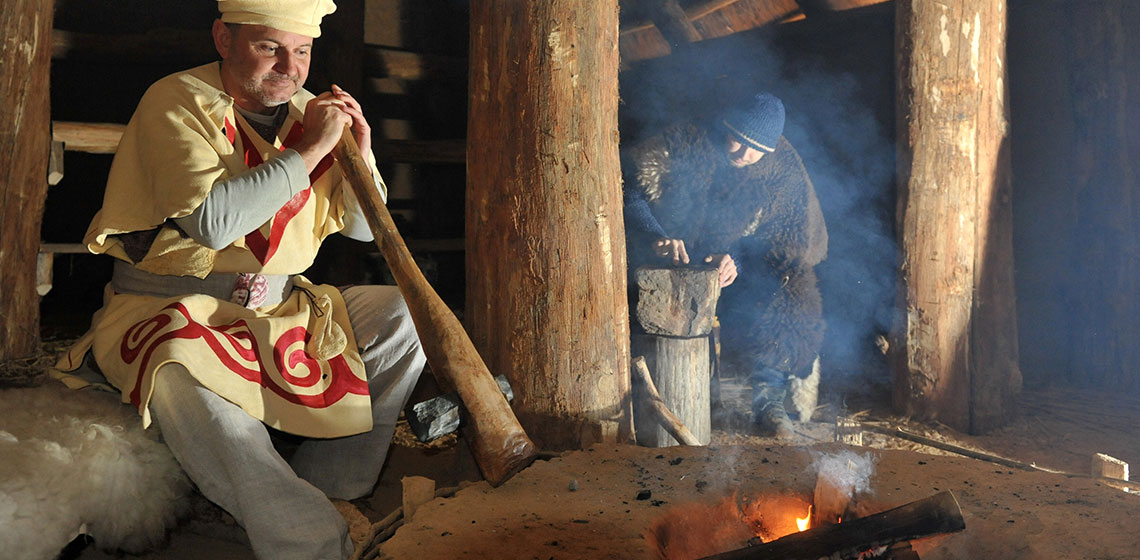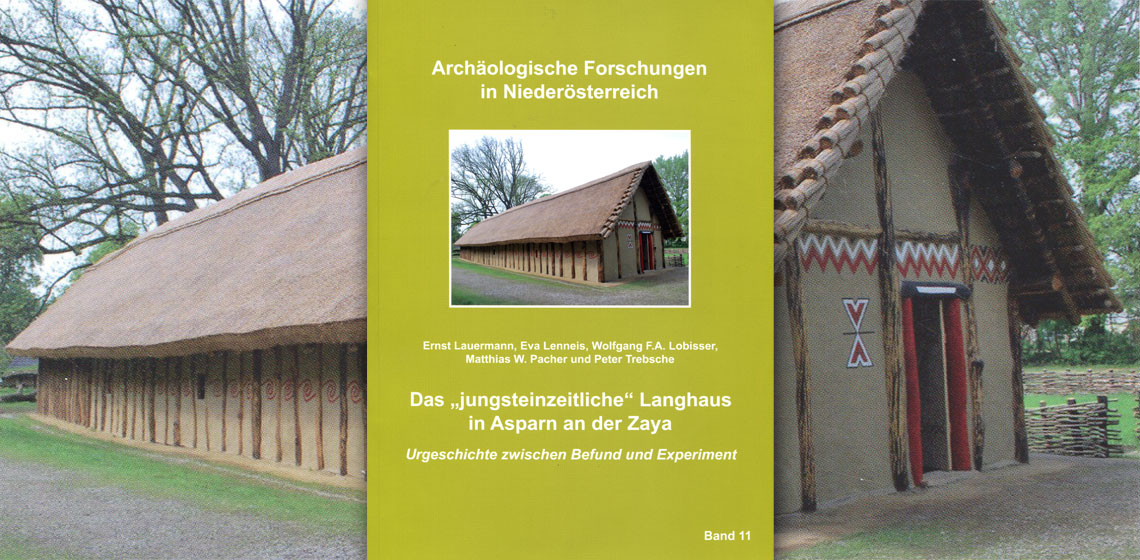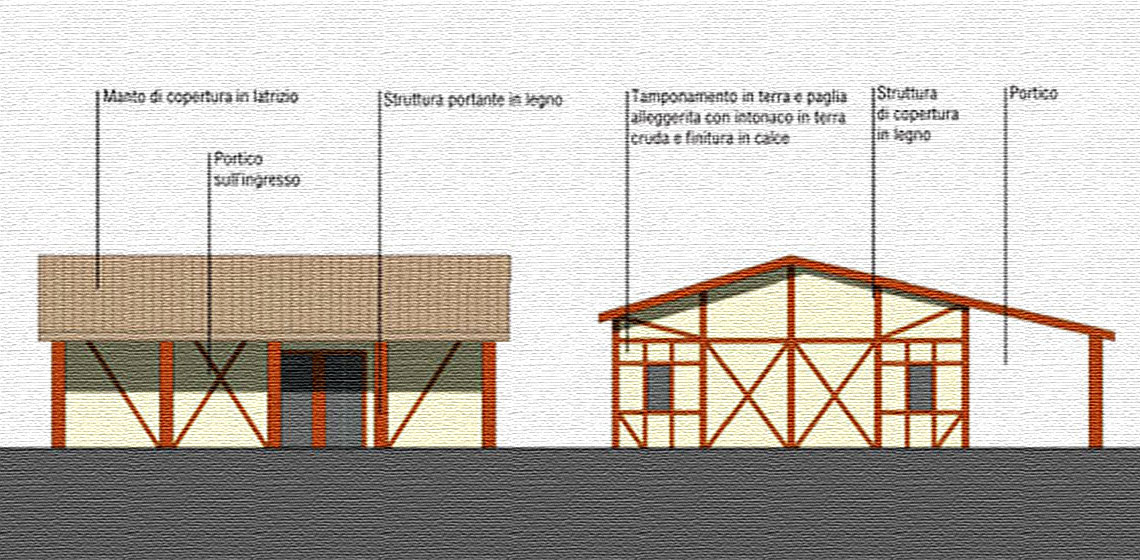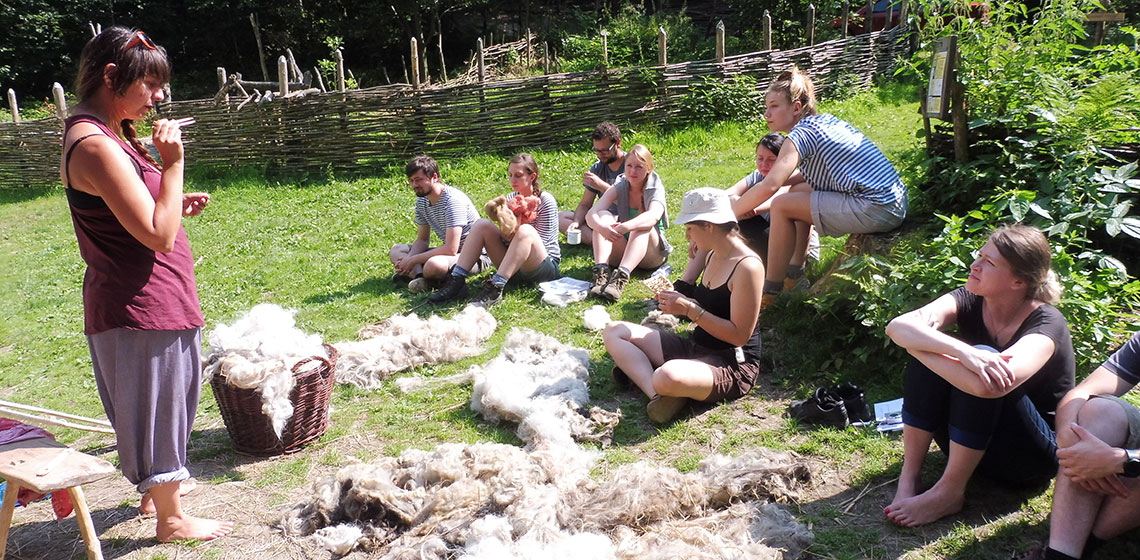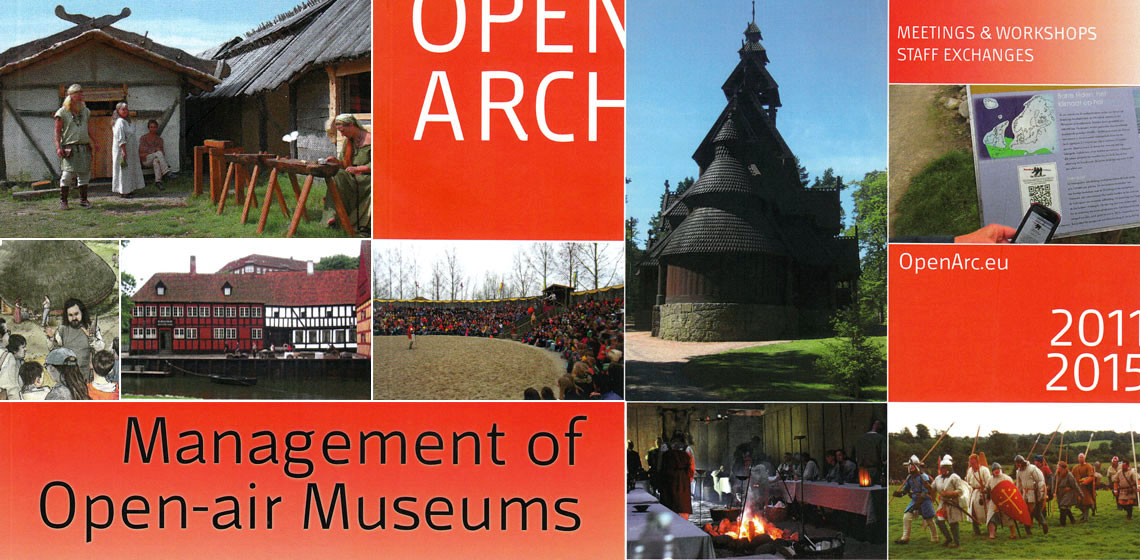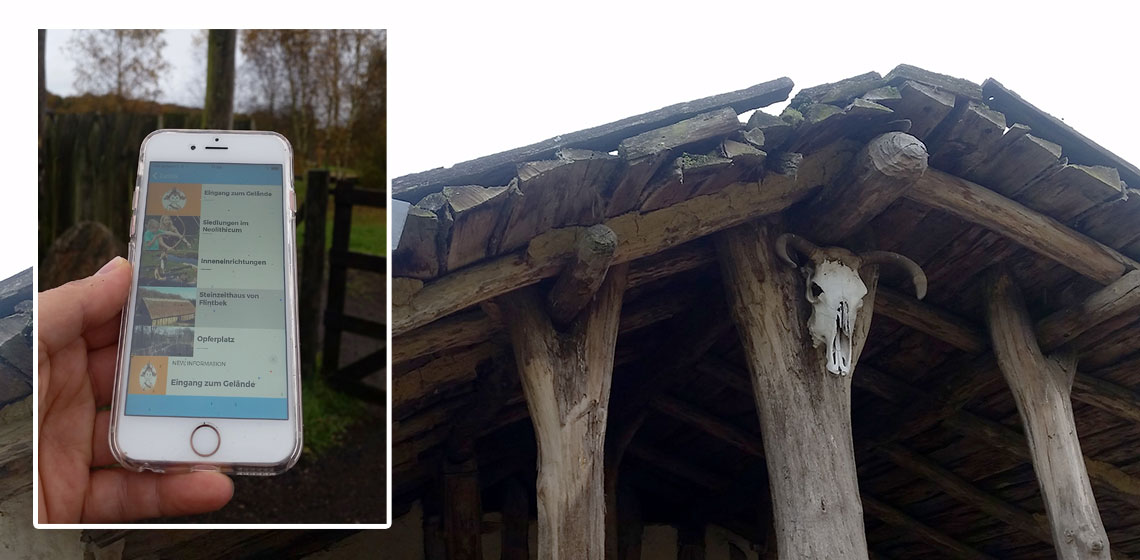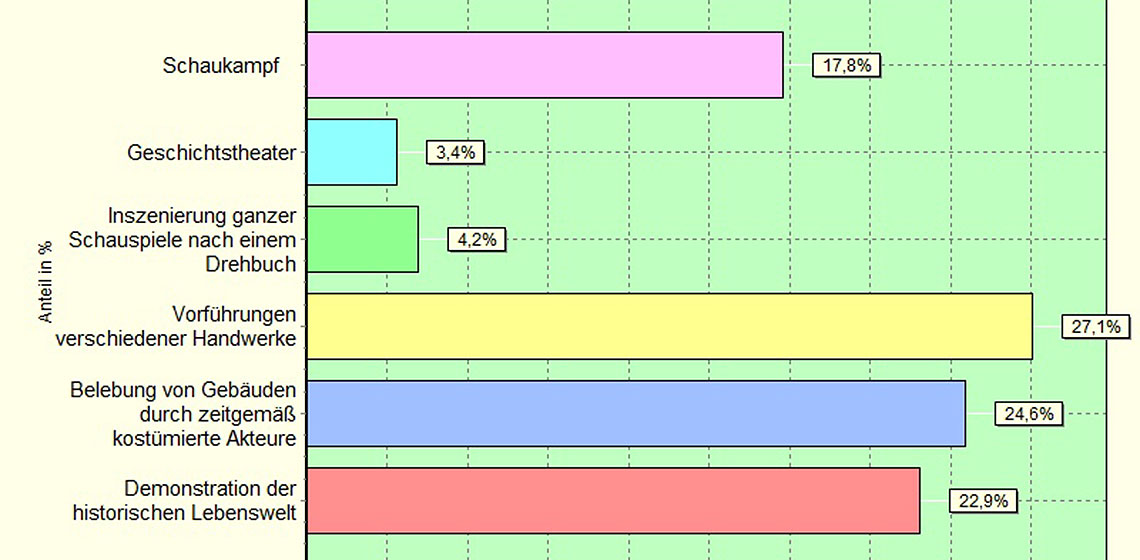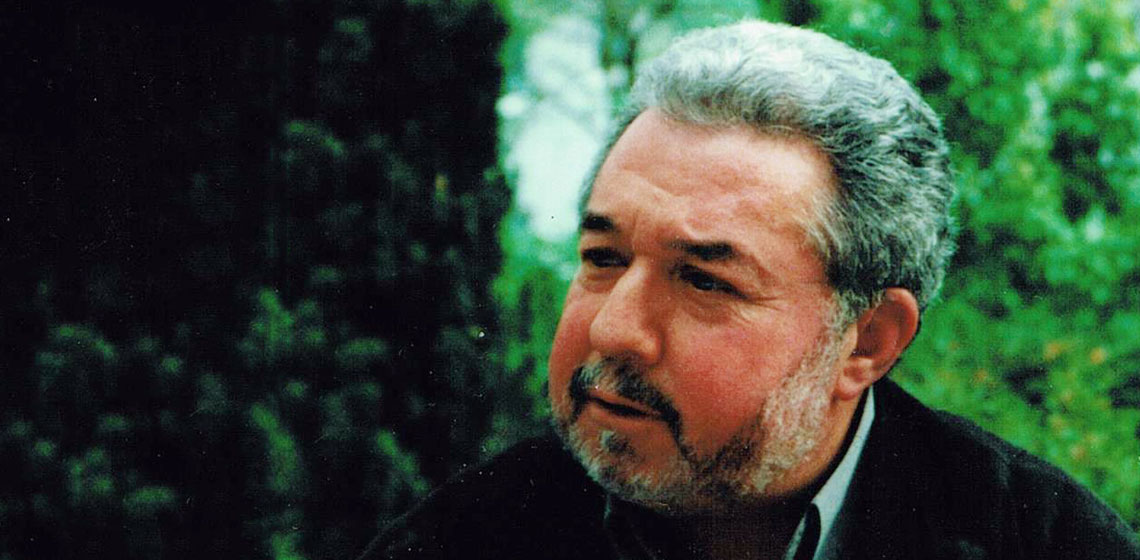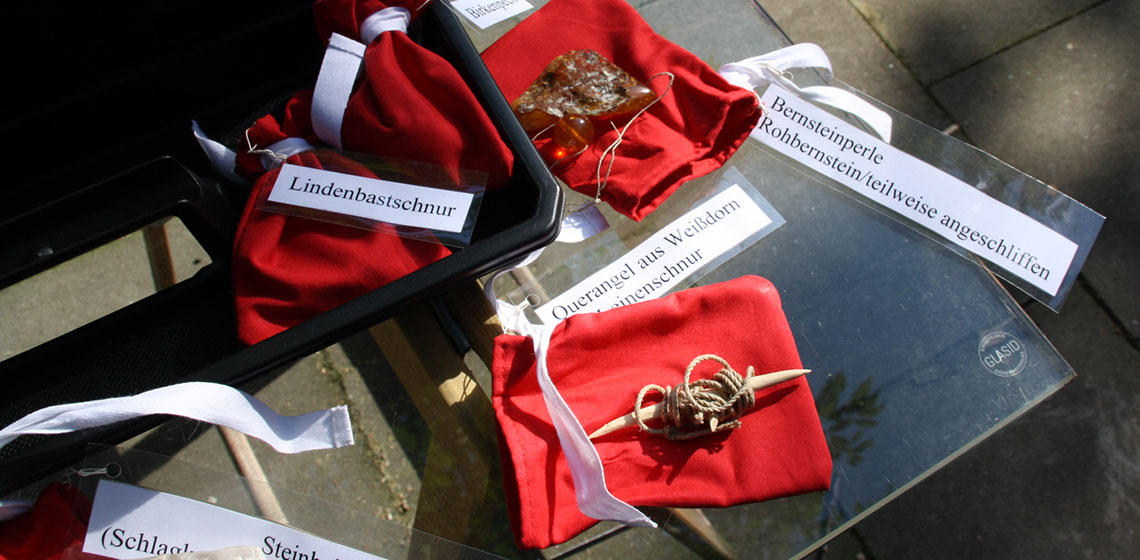Prehistoric Beekeeping in Central Europe - a Themed Guided Tour at Zeiteninsel, Germany
Over the past few years, beekeeping has been a media focal point. Nevertheless There is a paucity of knowledge surrounding the prehistory of beekeeping outside of the information from the east and south Mediterranean regions...

